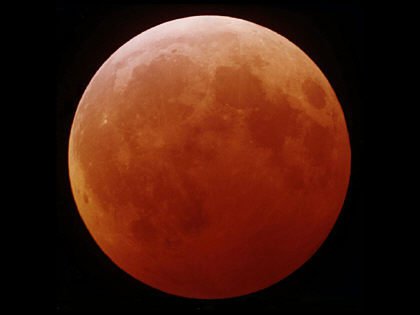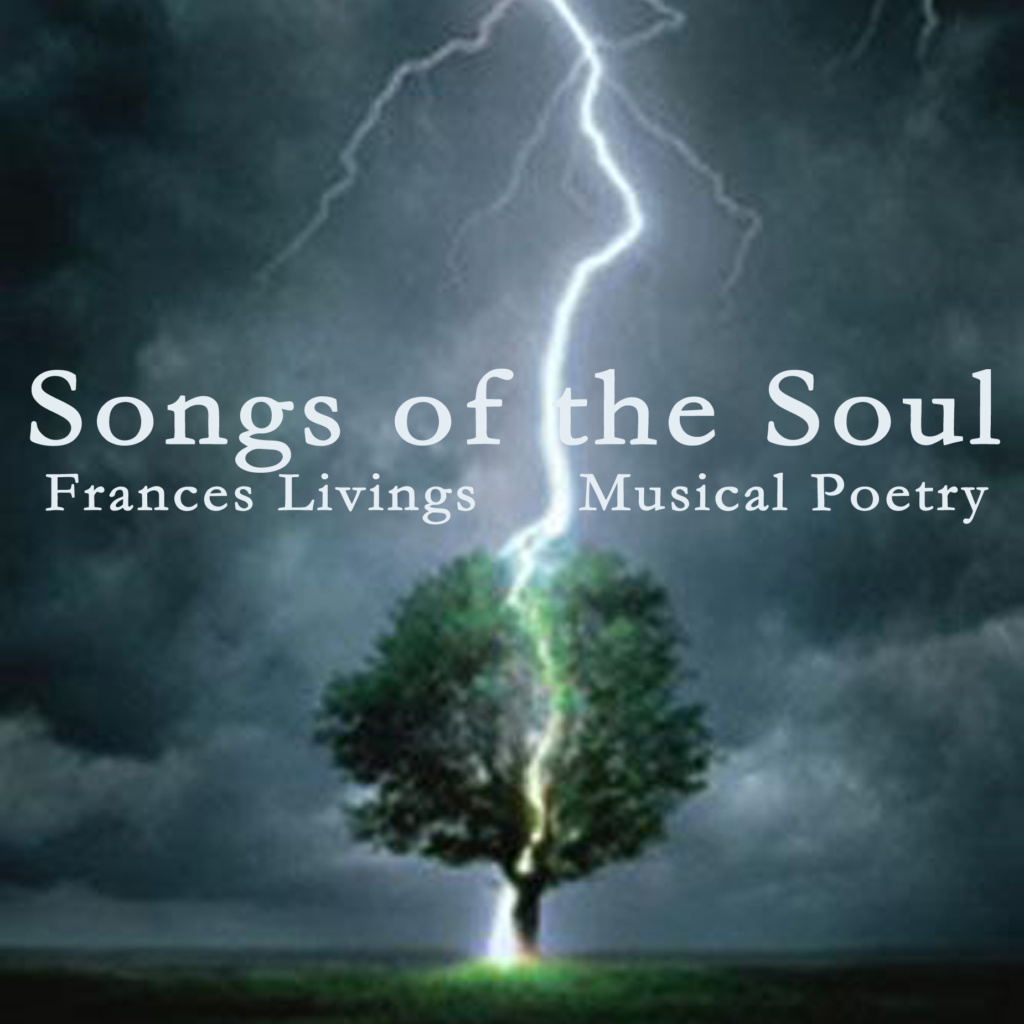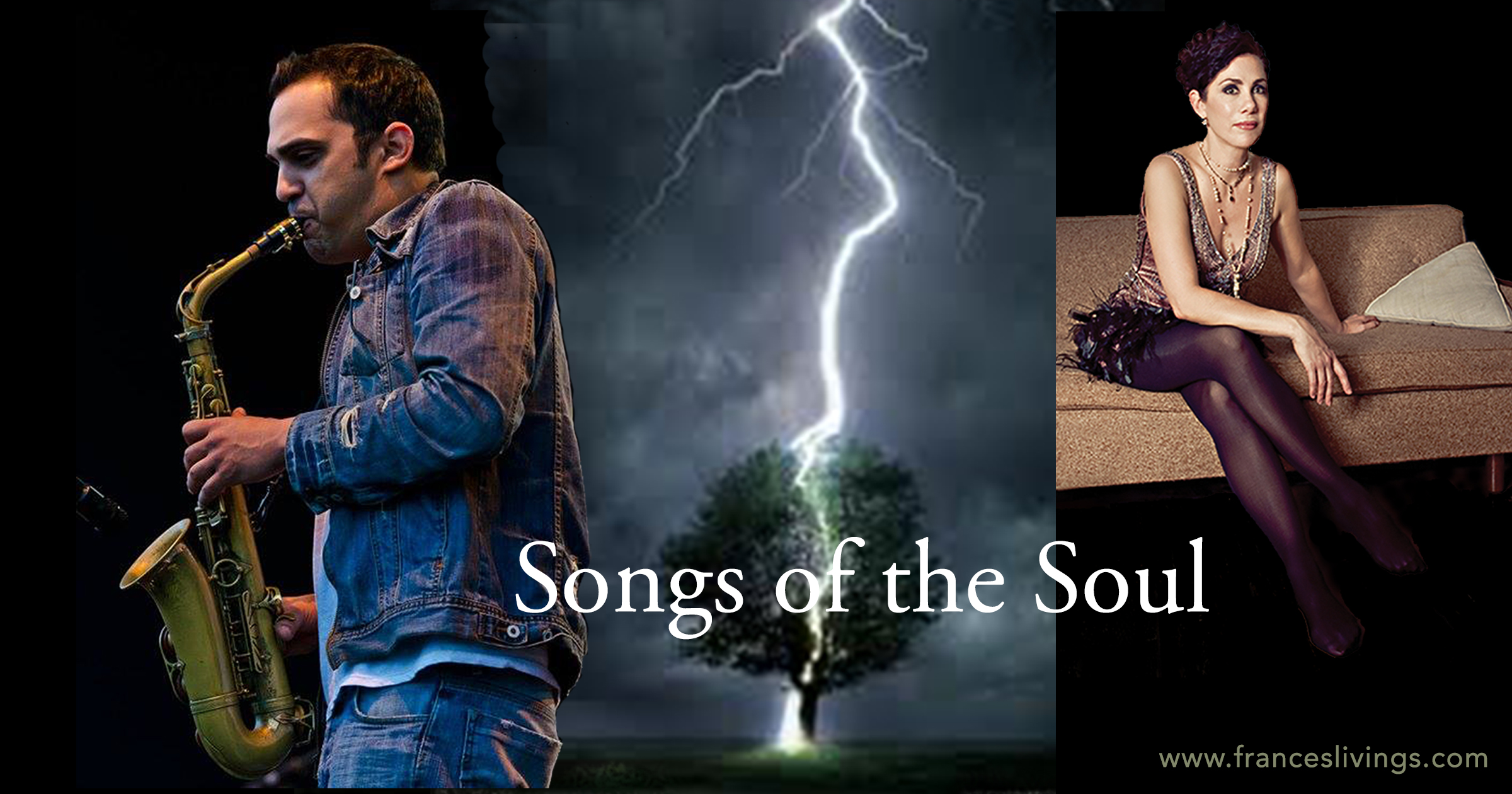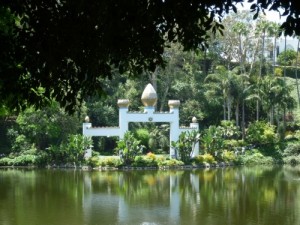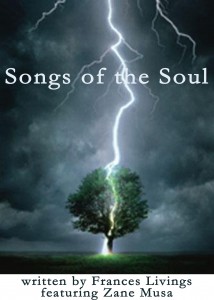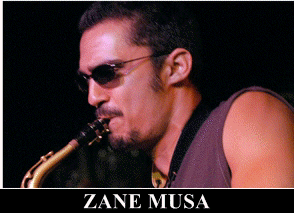I had first come across the sonnet The Sun at Midnight a few years ago. It was around the time of the first studio recording of my song Mr. Moon, a jazz tune, which is centered around the various characteristics of the moon with its magical and comforting but also seductive elements. I had been singing Mr. Moon a lot live but on one tranquil Sunday afternoon, I just became curious to read other poems on the moon, I started doing some research. That’s when I came across Joseph Mary Plunkett’s The Sun at Midnight. It’s a two-versed sonnet, which is known as a deep meditation on the love of God.
The Irish poet, journalist, and author of Sun At Midnight, Joseph Mary Plunkett (1879-1916) was born in Dublin and educated at Catholic University School, Belvedere College, and Stonyhurst College. His study of the mystics, John of the Cross, Theresa of Avila, and Francis de Sales was discernible in his poetry. However, as one of the signers of the Proclamation of the Irish Republic, he was imprisoned by the English army and executed in 1916 at the age of only 28. His sonnet, I Saw the Sun at Midnight, Rising Red, which is the original title, was published in Plunkett’s first poetry volume The Circle and the Sword in 1911. A year after his death Sun at Midnight was also included in The Oxford Book of English Mystical Verse, by D. H. S. Nicholson and A. H. E. Lee, The Clarendon Press, Oxford 1917.
I actually felt inspired – by what I perceived as a very beautiful and mystical poem – to add my own verse. So I freely swapped out his last verse [1] with mine, changing the whole direction from God to a loved one. I was going through a very difficult separation at the time so I took the blood-red moon as a metaphor for deep but very intense, painful, and sometimes inexplicable feelings. Besides, love, whether towards a mortal being or a heavenly figure, like a God, will always stay a quite mystical phenomenon.
Sun at Midnight
by Joseph Mary Plunkett [1] and Frances Livings [2]
I saw the sun at midnight, rising red,
Deep-hued yet glowing, heavy with the stain
Of blood-compassion, and I saw it gain
Swiftly in size and growing till It spread
Over the stars; the heavens bowed their head
As from its heart slow dripped a crimson rain,
Then a great tremor shook it, as of pain—
The night fell, moaning, as It hung there dead. [1]
Before the day could claim me
I had awoken from this dream
limbs heavy from humidity, languid from this scene
as pearls of sweat trickled like raindrops from my brow
the earth creaked and ached, again the heavens bowed
and from my heart slow dripped a crimson rain
A great tremor shook me – in agony, in pain—
from my sun at midnight bled the last drop of you.
(The night fell, moaning, and life claimed me back again)
The Mysterious Allure of the Moon
The mysterious allure of the moon goes back to the beginning of human history. And despite man- and womankind having now even set foot on it, it still has that effect. I personally find its transitions most wondrous. The moon can change so vastly in size and shape, growing from the slightest sliver of a crescent moon – with as little as 1% of its surface illuminated – to a full round globe. Take a look at this great website with an array of interesting information on the moon, created by The Royal Observatory, the home of Greenwich Mean Time!
Depending on the light, its colour and texture can also dramatically vary. A low-hanging, fat harvest moon will look welcoming and generous when in October – when it takes on a golden, orangey-yellow glow. In the winter, a small bluish-silvery moon can seem like a distant reminder of magical, outer-worldly spheres, unknown and intangible, so far away in the sky. No wonder, so many artists have not only written poems about this celestial body but also hundreds of jazz songs – whether Moon Over Bourbon Street by Sting, Sarah Vaughan’s Midnight Sun – or my piece Mr. Moon…
April’s Pink Moon Turning Into a Blood Moon
The moon will glow red three more times in the next 18 months, scientists say. It’s part of a lunar eclipse “tetrad”; a series of four consecutive total lunar eclipses that happen at about six-month intervals. The moon passes into the Earth’s shadow and will begin to appear bright orange or red because of the way sunlight bends through the Earth’s atmosphere. The sunset hue can last up to an hour.
After revisiting The Sun at Midnight, I was sure that if I found a moon calendar from the late 19th or early 20th century, Plunkett’s night of inspiration, his sighting of a blood moon could be pinpointed. I find that quite amazing and symbolic manifests that:
The cosmos – all elements of nature – will autonomously and relentlessly pursue their cycles. Whether in the past, present, or future – when we are all stardust.
This shows yet again, in a very beautiful and haunting way that on earth we are all just visitors. On the other hand, for thousands of years, men- and womenfolk have made these very same experiences. They have been in awe or threatened by nature’s moods and spectacles, gazed at the same moon, sun, and stars. This means we are all connected which makes the poem and that night indeed a very spiritual one.
_________________
[2] Plunkett’s last verse is: O Sun, O Christ, O bleeding Heart of flame! / Thou givest Thine agony as our life’s worth, / And makest it infinite, lest we have dearth / Of rights wherewith to call upon Thy Name; / Thou pawnest Heaven as a pledge for Earth / And for our glory sufferest all shame.
*
Listen to Jazzy Moon Songs in This Playlist:
Did you like this post? If so, why not…
>
